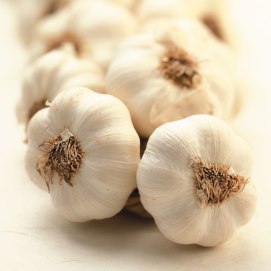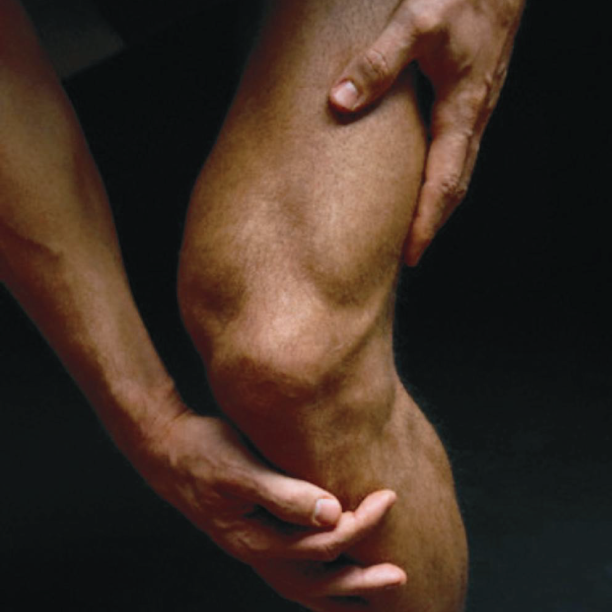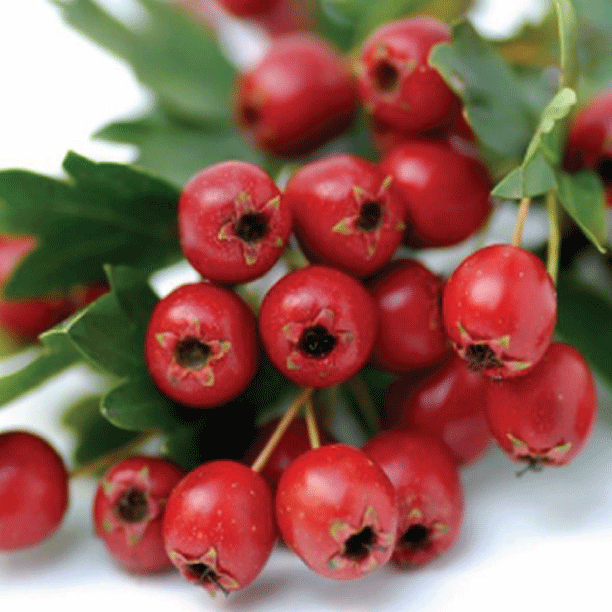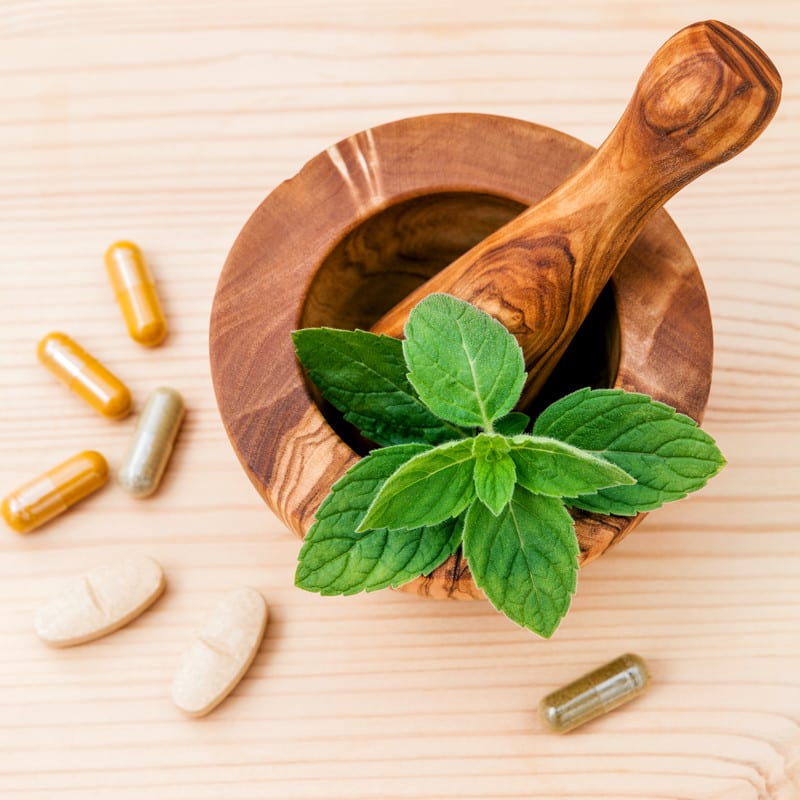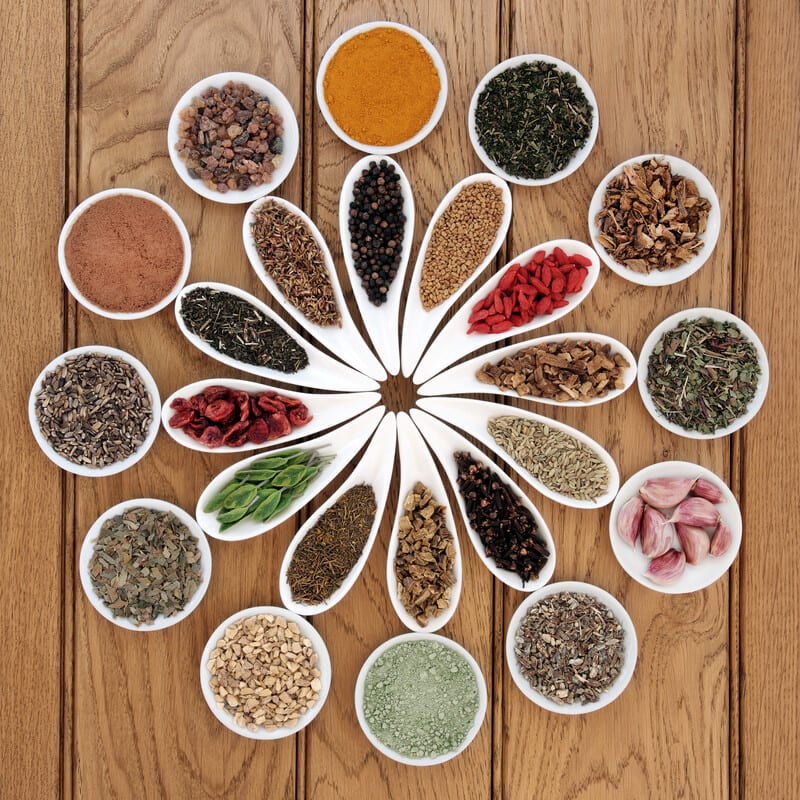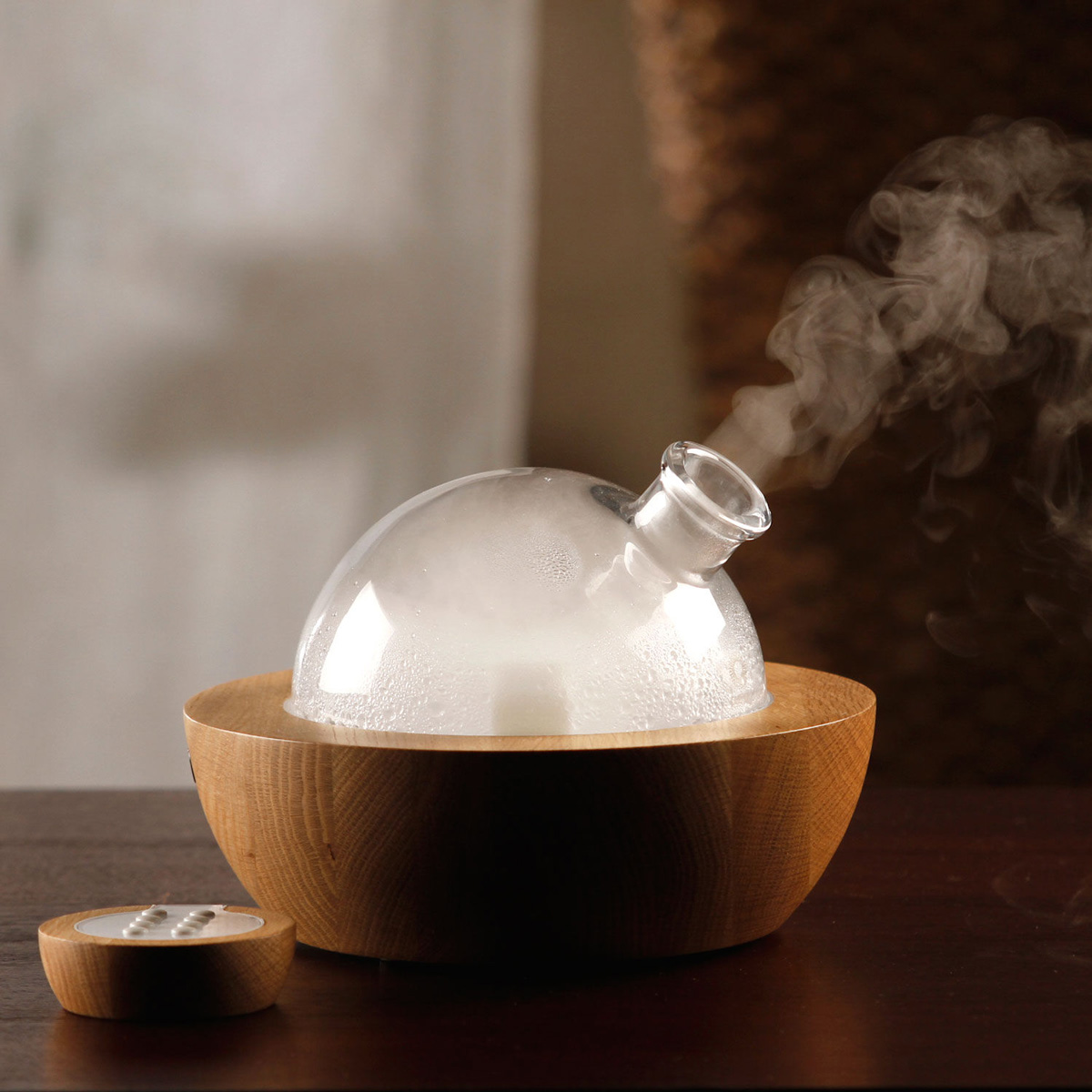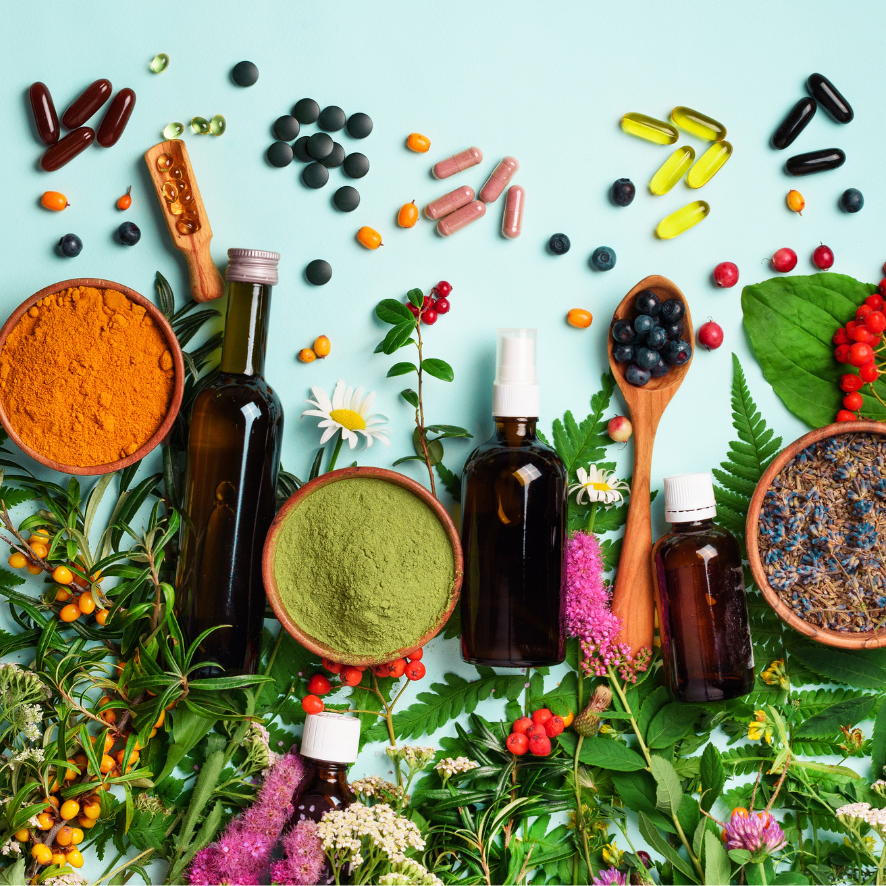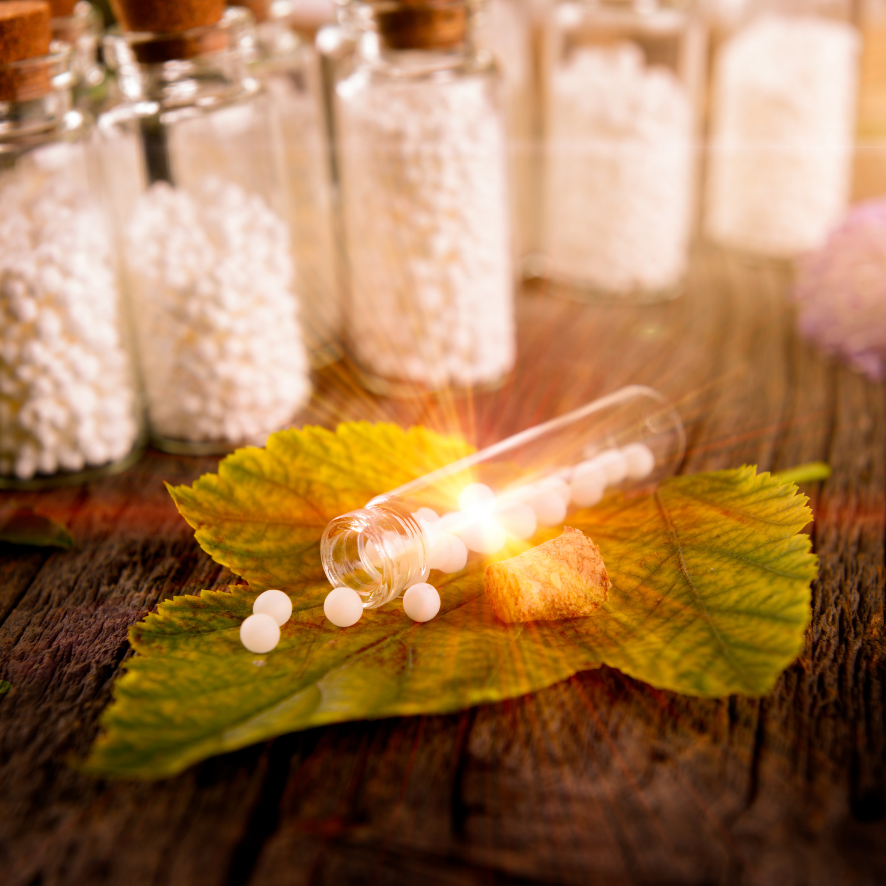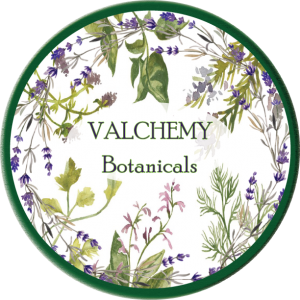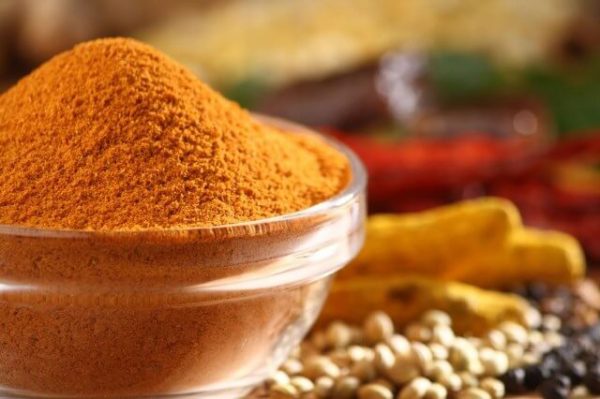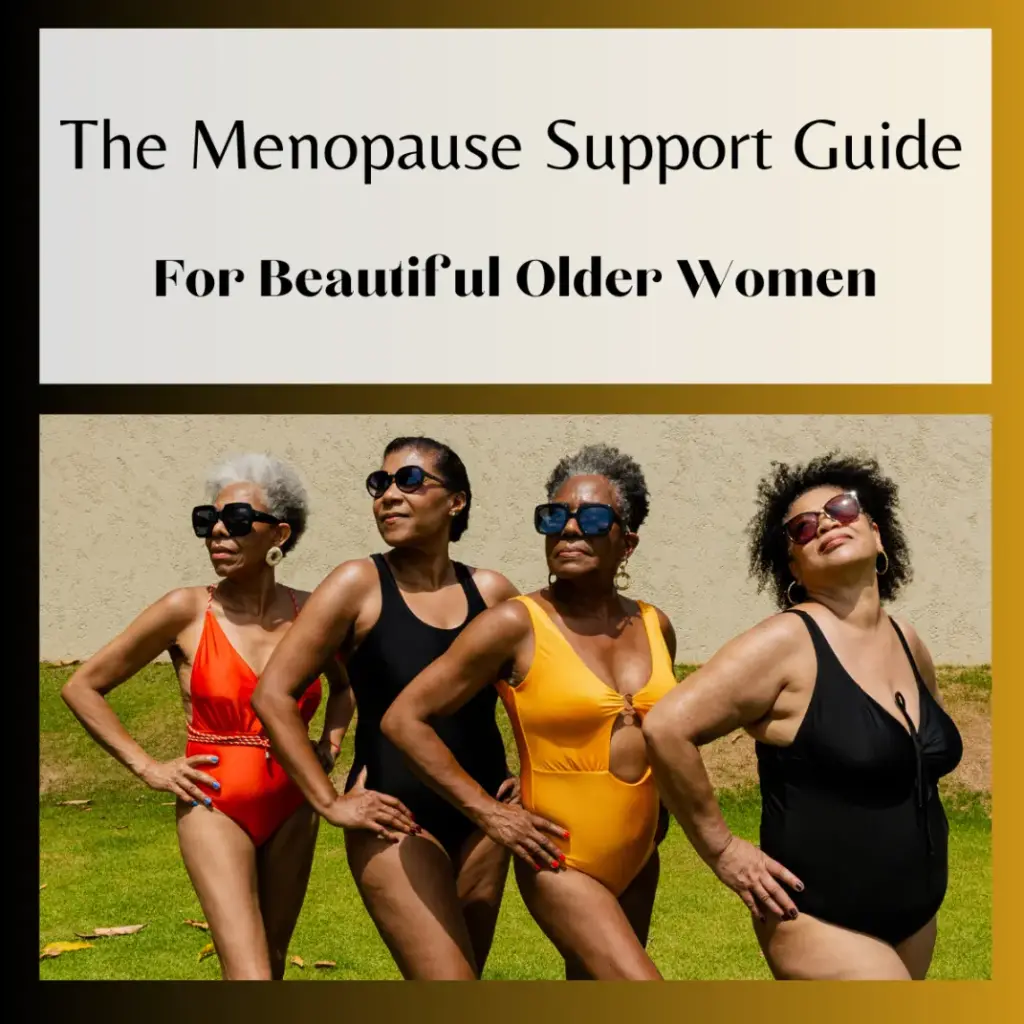This article outlines some important information about how turmeric is effective in dealing with the effects of menopause. By definition, menopause is the ceasing of menstruation that typically occurs in a woman’s life cycle typically between the ages of 45 and 50. However, in order to understand the tremendous benefits turmeric delivers to fight menopause, we suggest you first seek to understand the full implications of menopause and what precedes it.
What is Menopause?
As we alluded to earlier, menopause is a normal change in life that all women experience as they age. It is a natural biological process, we must emphasize that it’s certainly not a disease. Menopause is the permanent cessation of menstruation and is defined as occurring 12 months after the last menstrual period. In the United States, the average age at which menopause occurs is 51 years.
What is Perimenopause?
Perimenopause is the stage of the reproductive life of a woman which begins several years before menopause, when the ovaries gradually begin to decrease the production of estrogen. It occurs around age 40, but can begin even earlier and last until the actual menopause period officially starts. It is the time when the ovaries stop releasing eggs. In the last two years of perimenopause, the decrease in estrogen accelerates and many women begin to experience the symptoms of menopause. Perimenopause ends the first year after menopause (when a woman has gone 12 months without menstruation). During perimenopause, women can still become pregnant as they are still technically fertile.
What are the Causes of Menopause?
Natural decline of reproductive hormones occur from age 30 onwards, the ovaries begin to decrease the production of estrogen and progesterone (hormones that regulate the menstrual cycle) and there are fewer potential eggs mature in the ovaries each month. Fertility decreases as there is a reduction in the peak production of progesterone after ovulation (progesterone is the hormone that prepares the body for pregnancy). These changes are more apparent after 40 years, until finally the ovaries stop producing eggs and menstruation ends
As we mentioned earlier, menopause is not a disease and therefore does not require any treatment per se; however one can look for ways to treat the symptoms. This is where turmeric is so effective.
Where Does Turmeric Come From?
Turmeric originates from the dried ground root of the turmeric plant. Its orange-yellow color brightens the appearance of curry powder. The medicinal and healing properties of turmeric stem from India and Southeast Asia in general. This region is usually at the fore of powerful medicinal treatments. Scientific studies reveal how turmeric is effective in fighting depression usually associated with something as life-changing as menopause. Turmeric also assisted with headaches and easing vaginal dryness.
Plant Estrogen
Curcumin is the therapeutic constituent found in turmeric. Lab research revealed a potent phytoestrogen called diarylheptanoide uncovered in curcumin, according to Susan Lark, a renown medical doctor. Phytoestrogens are plant chemicals that act like the hormone estrogen in the woman’s body. Curcumin was shown to be effective in coping with vaginal dryness.
Pain Relief
Cramps, headaches and other painful symptoms can occur during menopause. Turmeric delivers powerful pain relief. Clinical trials have shown how patients who were administered curcumin had positive results without any side effects whatsoever. Turmeric delivers significant analgesic potency that rivals most of the standard painkillers. A study comparing the activity of turmeric oil with aspirin demonstrated that turmeric oil decreased swelling in the animal’s paw by 76%, as opposed to aspirin at same dose which resulted in an inhibitory activity of 62%. Furthermore, curcumin works wonders for improving postoperative fatigue and pain, whereby exhibiting its anti-inflammatory and analgesic activity. During menopause, turmeric can lessen migraine and joint pain in addition to the muscle soreness usually present.
Depression
For obvious reasons, depression can be a major issue when it comes to menopause. As you can imagine, some women have always had to deal with the proverbial biological clock ticking for their adult lives as they juggle with undergraduate, post-graduate studies and career ambition in general. When menopause finally begins to set in, the change can be overwhelming as many women contend with symptoms of depression. Mood swings are common characteristic of menopause primarily due to hormonal fluctuations. Reduced brain chemicals such as dopamine and serotonin are usually ever present in individuals battling depression. Serotonin is a powerful neurotransmitter that influences one’s extremely complicated physiological makeup, affecting emotions, overall mood and sleep quality.
Dosage
While using turmeric in the kitchen is a healthy choice, you will likely need a higher dosage to take full advantage of its numerous therapeutic benefits. 1,000 mg of curcumin is recommended daily with food. Be advised that turmeric can interact in negative ways with some medications, therefore, be sure to contact your physician.
Aside from the holistic health movement that has gathered steam over the years, Western medical practitioners have only recently come to recognize the amazing health benefits of turmeric. As more resources are poured into turmeric’s effectiveness in fighting the symptoms of menopause, it can only be onwards and upwards for this incredible substance.
The above story is based on materials provided by Tumeric Australia
(Source: tumericaustralia.com.au; May 26, 2016; http://tinyurl.com/hhaaf86)


